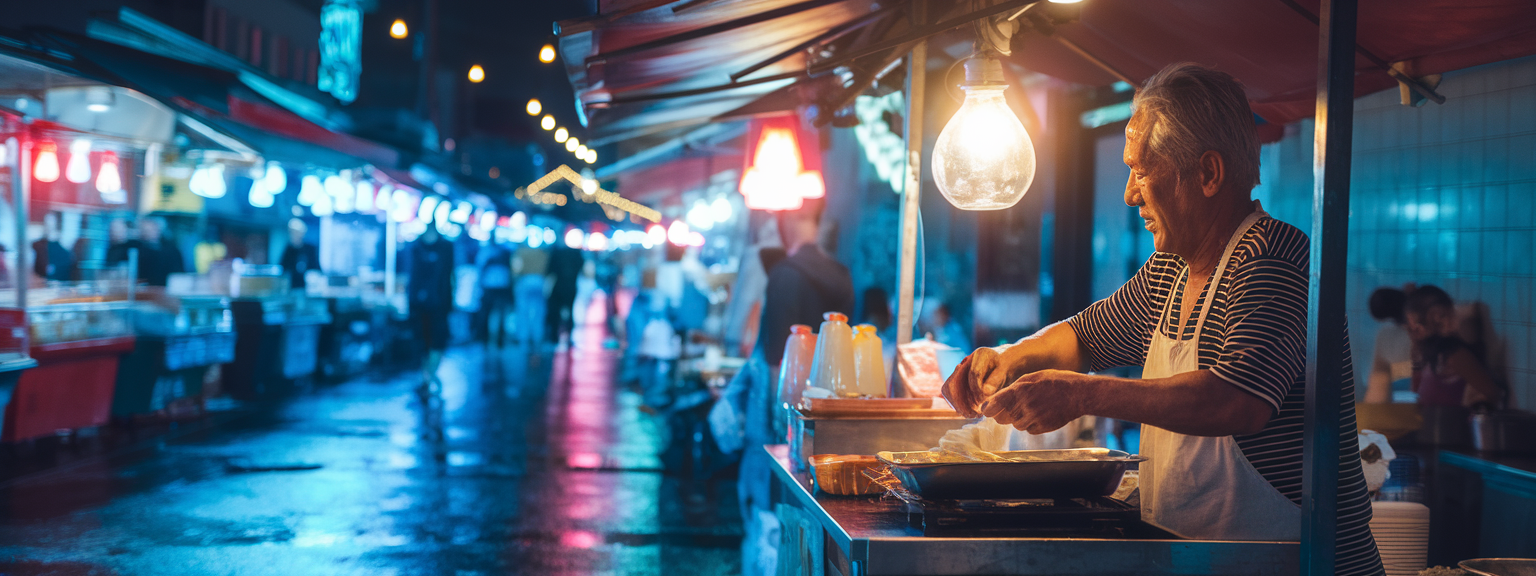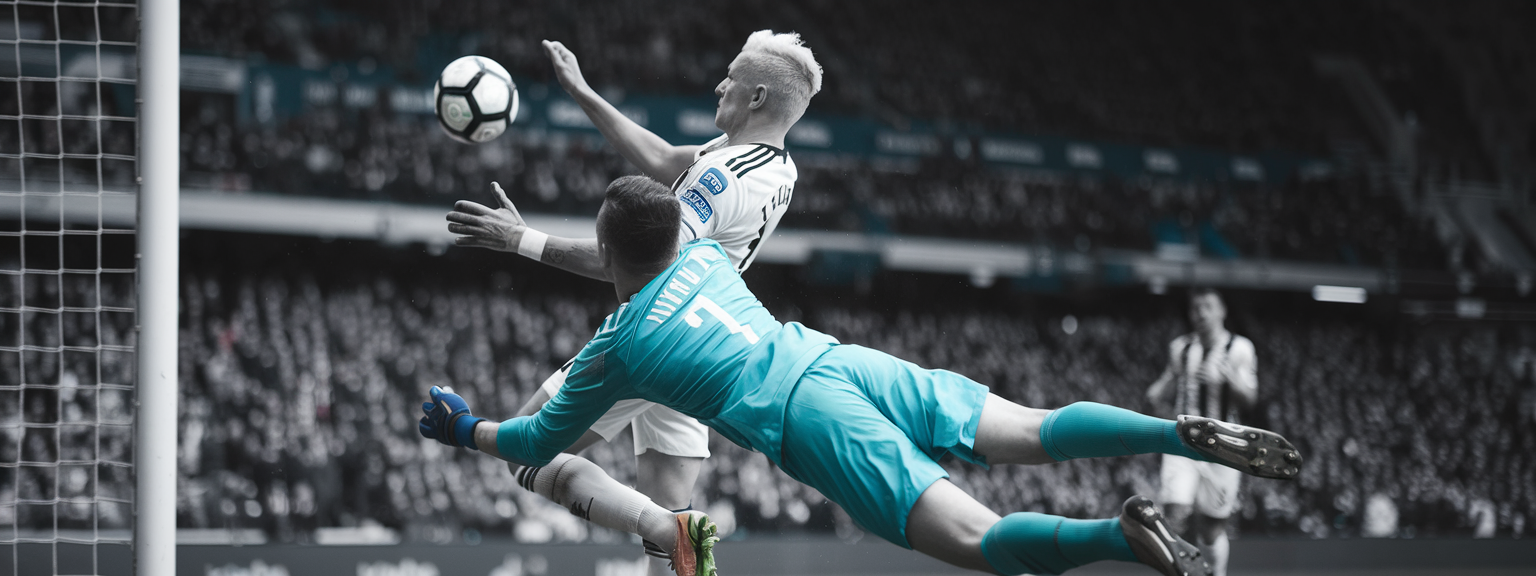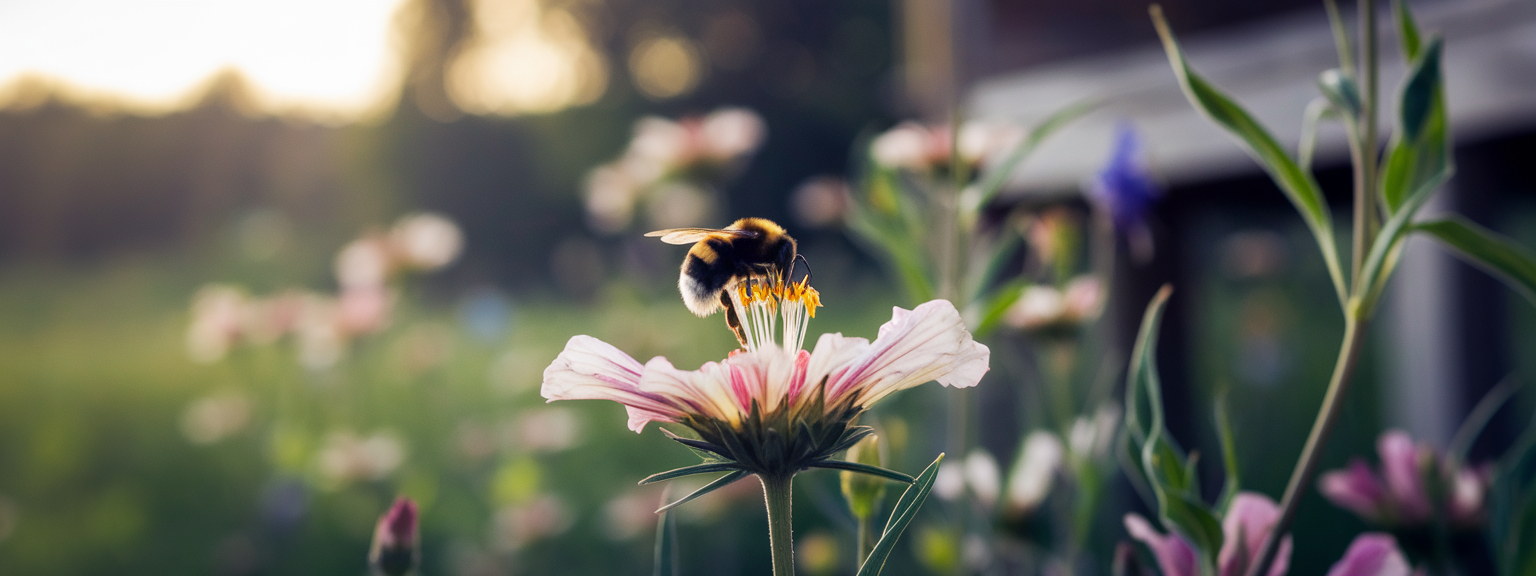Photography Gear Every Photographer Needs: Must-Have Essentials

[📝 Step-by-Step Guide: Photography Gear Checklist]
Introduction and goals
Photography gear is the foundation of what you bring to a shoot and how you translate vision into images. Whether you are a beginner or an experienced shooter, choosing the right photography gear and camera gear influences final image quality, workflow speed, and client reliability. This step-by-step checklist shows how to build a practical kit based on goals, budget, and real-world needs.
Step 1 — Define your photographic goals
- List genres you shoot most: portraits, weddings, landscape, sports, travel.
- Decide how portable your kit must be for travel versus studio work.
- Prioritize lenses first; they outlast camera bodies in value and impact.
Step 2 — Prioritize purchases
Buy in this order for most photographers: camera body → 1–2 key lenses → tripod → camera bag → memory cards and batteries → flash → small accessories. For example, invest in a sharp 50mm or 24–70mm before upgrading a body. This approach makes the most of limited budgets and ensures your camera accessories produce visible returns.
Step 3 — Test, buy smart, and set up workflow
- Test lenses and bodies via rentals or demo units before committing.
- Buy used glass from reputable sellers; inspect for haze, fungus, and smooth aperture blades.
- Set a 3‑2‑1 backup workflow for files: three copies, two media types, one offsite.
Step 4 — Build a ready-to-go checklist
Before every shoot, use a consistent checklist. Include: formatted memory cards, charged batteries (x2–4), cleaned lenses, lens hoods, remote release, backup body if possible, and weather protection. For client work, add model and location releases.
[📌 Practical Applications: Photography Gear In The Field]
Landscape workflows
For landscape photography, use a sturdy tripod and a wide or standard zoom. Low ISO and a small aperture (f/8–f/16) maximize sharpness and depth of field. Use neutral density and polarizer filters for movement control and color saturation. In addition, an intervalometer or remote release prevents camera shake during long exposures.
Portrait and studio setups
Portrait work benefits from fast primes (85mm, 50mm) and external flash or studio strobes with softboxes. Use off-camera flash for rim light and subject separation. Calibrate white balance with a gray card to ensure consistent skin tones. For tethered shoots, connect the camera to a laptop for immediate review.
Event and wedding coverage
Events require redundancy: two bodies, a wide-to-standard zoom and a tele zoom. Use TTL flash settings with manual overrides. Rotate memory cards and back up to portable drives after the ceremony. For fast transitions, one camera can remain on a 24–70mm while the other carries a 70–200mm.
Sports, wildlife, and fast action
High frame rates, accurate AF tracking, and telephoto lenses are critical. Use monopods for long lenses and high-capacity, fast memory cards (UHS-II or V90) to keep the buffer flowing. Set shutter speeds high (1/500s to 1/5000s) to freeze motion as required.
[💡 Tips & Tricks: Photography Gear Care And Selection]
Care and maintenance
- Use lens hoods to prevent flare and protect the front element.
- Store batteries at moderate temperature and keep spares warm in cold weather.
- Clean external glass with a blower and microfiber cloth; reserve sensor swabs for trained hands or professional service.
Selection and buying strategy
Prioritize lens quality over body specs. Lenses define look, sharpness, and low-light capability. Therefore, spend where optical performance matters. In addition, consider used lenses for faster upgrades. However, buy bodies from trusted sources with warranty when possible.
Advanced techniques that rely on gear
- Focus stacking with a stable tripod for macro and landscape clarity.
- Use high-speed sync (HSS) with flash to balance midday sun and subject lighting.
- Back-button autofocus improves tracking for sports and wildlife.
📸 Sample Scenario
Starter freelance portrait & event kit (budget: $3,000–$5,000)
Sample kit optimized for portrait and event work includes: one mid-range full-frame mirrorless body, a versatile 24–70mm f/4 or 24–105mm, an 85mm f/1.8 prime, a sturdy tripod, one speedlight with a softbox, a protective camera bag, two high-speed memory cards, and three batteries. This combination balances image quality, portability, and reliability for client shoots.
Typical wedding day workflow
- Prepare: charge batteries, format cards, pack backups, test flashes.
- Ceremony: one camera on 24–70mm, second on 70–200mm to avoid swapping lenses.
- Reception: use flash with modifiers and raise ISO only as needed to keep shutter speed usable.
✅ Key Do’s for Effective Usage
Practical do’s
- Do invest in at least one high-quality prime and one versatile zoom.
- Do maintain a regular backup routine for all shoots.
- Do protect gear from moisture and impact with cases and rain covers.
- Do calibrate equipment: update firmware and test focus accuracy.
❌ Common Mistakes to Avoid
Frequent errors and fixes
- Mistake: Buying numerous cheap accessories before mastering basics. Fix: Start with core gear — camera, two lenses, tripod.
- Mistake: Ignoring card speed and reliability. Fix: Use reputable cards (SanDisk, Sony, Lexar) and UHS-II/V90 for heavy shoots.
- Mistake: Extending center column on tripod frequently. Fix: Lower center column; spread legs wide for stability.
- Mistake: Relying only on automatic modes for important assignments. Fix: Master ISO, shutter speed, and aperture to control outcomes.
🔄 Troubleshooting & FAQs
Quick troubleshooting
- Camera won’t power on: check battery, clean contacts, try a different battery, or update firmware if recent flash failed.
- Autofocus hunting: use AF-assist, switch to single-point AF, or increase ambient light; try a faster lens if possible.
- Card errors: test card in another reader; recover files before reformatting and replace cards showing errors.
- Flash recycling slow: use fresh batteries or an external battery pack and reduce flash power where possible.
FAQs (voice-search friendly)
Q: What photography gear should a beginner buy first? Start with a reliable camera body, a versatile zoom (24–70mm or 18–55mm on APS-C), a fast prime (50mm f/1.8), tripod, memory cards, and extra batteries. Prioritize lenses and essential camera accessories over frequent body upgrades.
Q: How many lenses does a photographer need? For most work, two to three well-chosen lenses suffice: one wide/standard zoom, one prime for portraits/low light, and a telephoto for reach. Specialists will need additional lenses such as macro or ultra-wide.
Q: How do I avoid memory card failure in the field? Use high-quality cards, format in-camera, avoid swapping cards while camera is on, rotate cards per assignment, and back up immediately to at least two drives.
Q: What flash should a beginner buy? A brand-compatible mid-range speedlight is a good start. Add a diffuser, bounce card, or small softbox to soften light. For studio control, add a wireless trigger system and a larger modifier.
Q: What are the best AI tools for productivity? Tools that speed editing and organization include Adobe Lightroom (AI masking), Topaz Labs (denoise and sharpening), Luminar Neo, and ChatGPT for client communications and workflow templates.
🖼️ Bringing It All Together
Summary and recommended starter kits
In summary, assemble photography gear that aligns with your shooting style, budget, and ergonomics. Lenses, tripod, camera bag, and reliable memory cards are core investments. For travel, choose lighter camera gear and compact lenses. For studio and pro work, prioritize full-frame bodies, premium lenses, and studio strobes.
Final checklist before any shoot: charged batteries and spares, formatted memory cards and backups, clean lenses and sensor, rated tripod, tested flash and triggers, protective bag and rain cover, and required releases or permits. Maintain a digital inventory with serial numbers and receipts for insurance and planning upgrades.
Use this guide to select camera gear and photography accessories that directly improve your images and workflow. Prioritize lenses, protect your investments, and implement a consistent backup and maintenance routine. With deliberate purchases and disciplined habits, your photography gear becomes the toolset that brings your creative vision to life.

![[Stunning Images Lighting And Editing] [Studio portrait with dramatic lighting and color grading to demonstrate stunning images]](https://lenslesson.com/wp-content/uploads/2025/11/advanced-stunning-images-lighting-composition-editing.png)
![[Travel Photography Tips Sunset Shot] [Photographer framing a mountain sunrise to demonstrate travel photography tips]](https://lenslesson.com/wp-content/uploads/2025/11/travel-photography-tips-sunset-shot.png)


![[Portrait Photography Lighting Setup] [Portrait photographer adjusting softbox to achieve flattering portrait photography of a smiling subject]](https://lenslesson.com/wp-content/uploads/2025/11/portrait-photography-softbox-lighting-setup.png)
